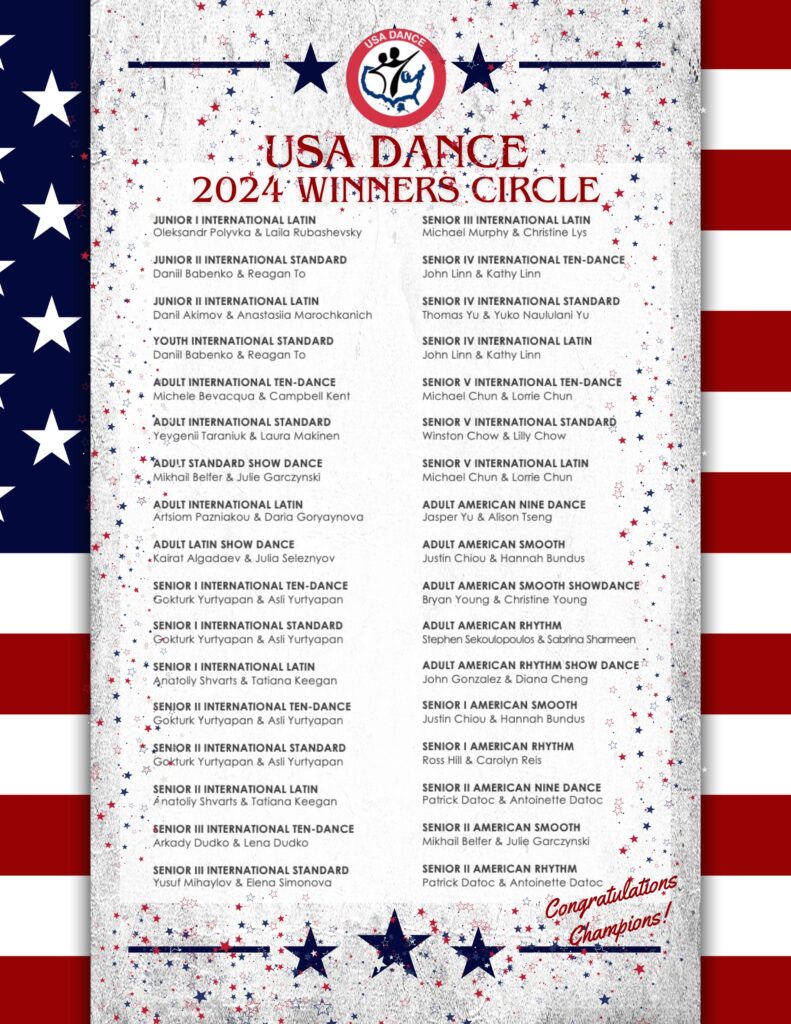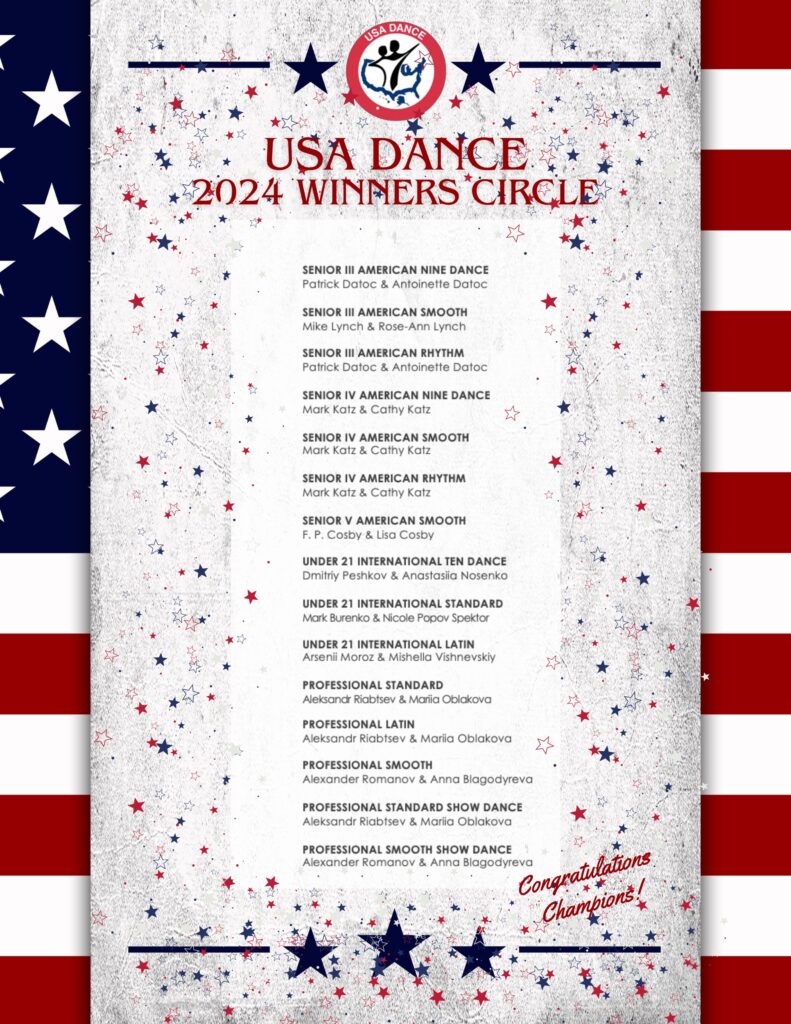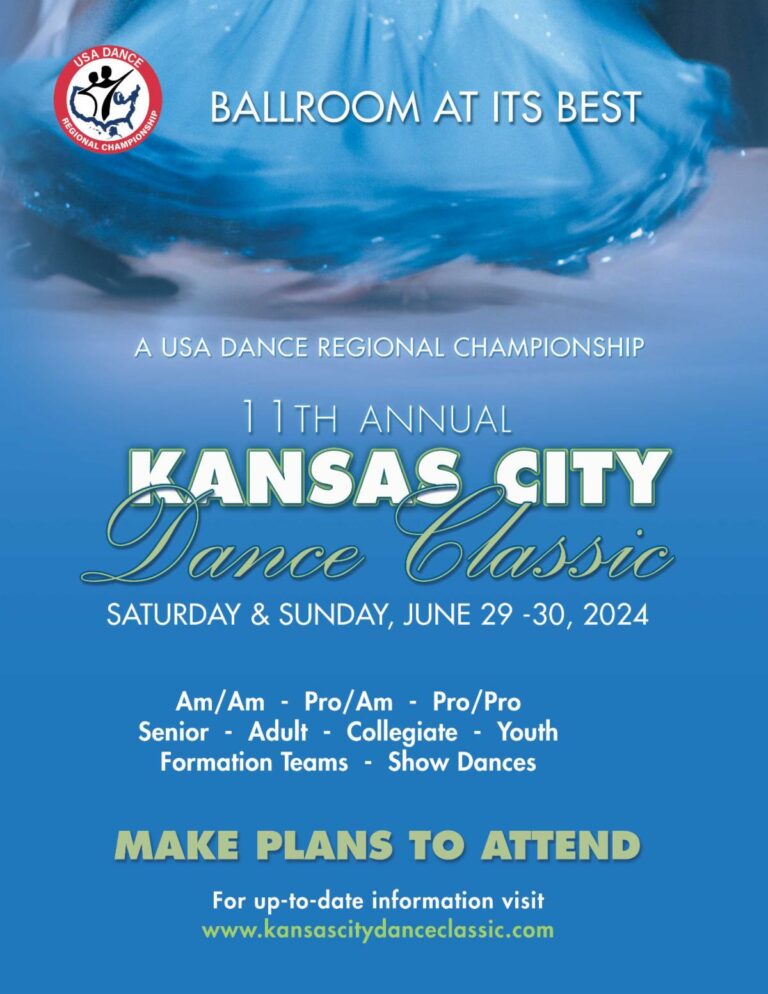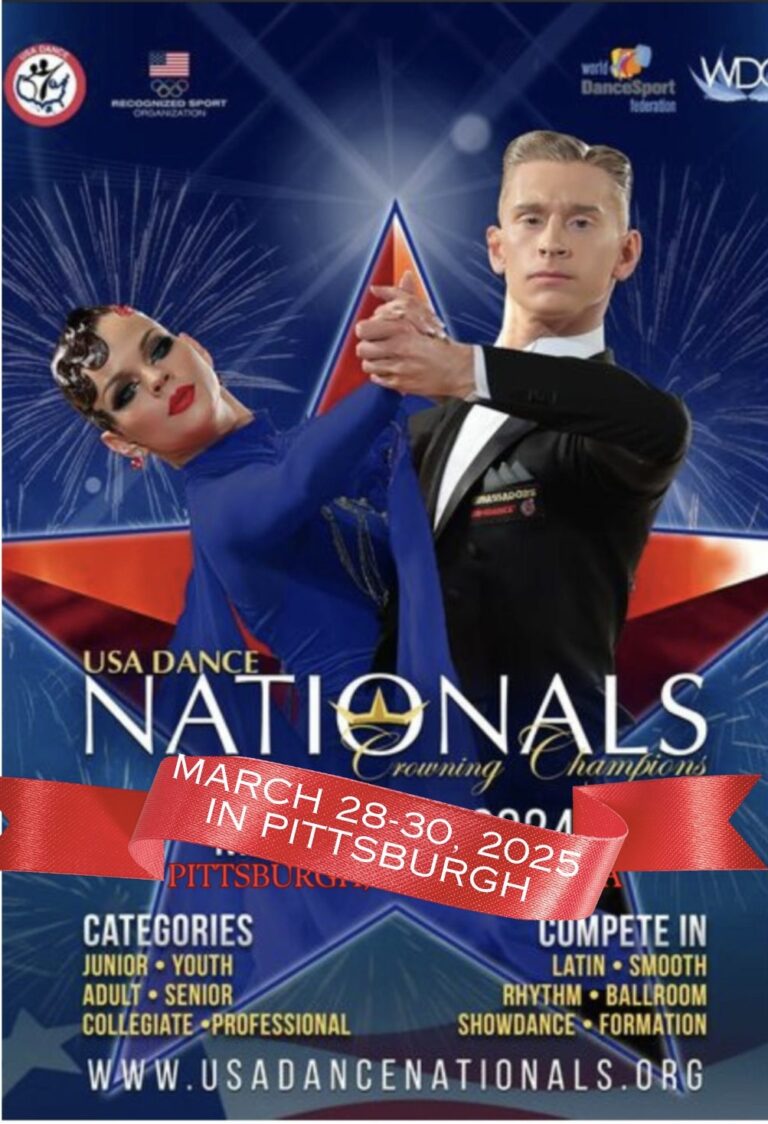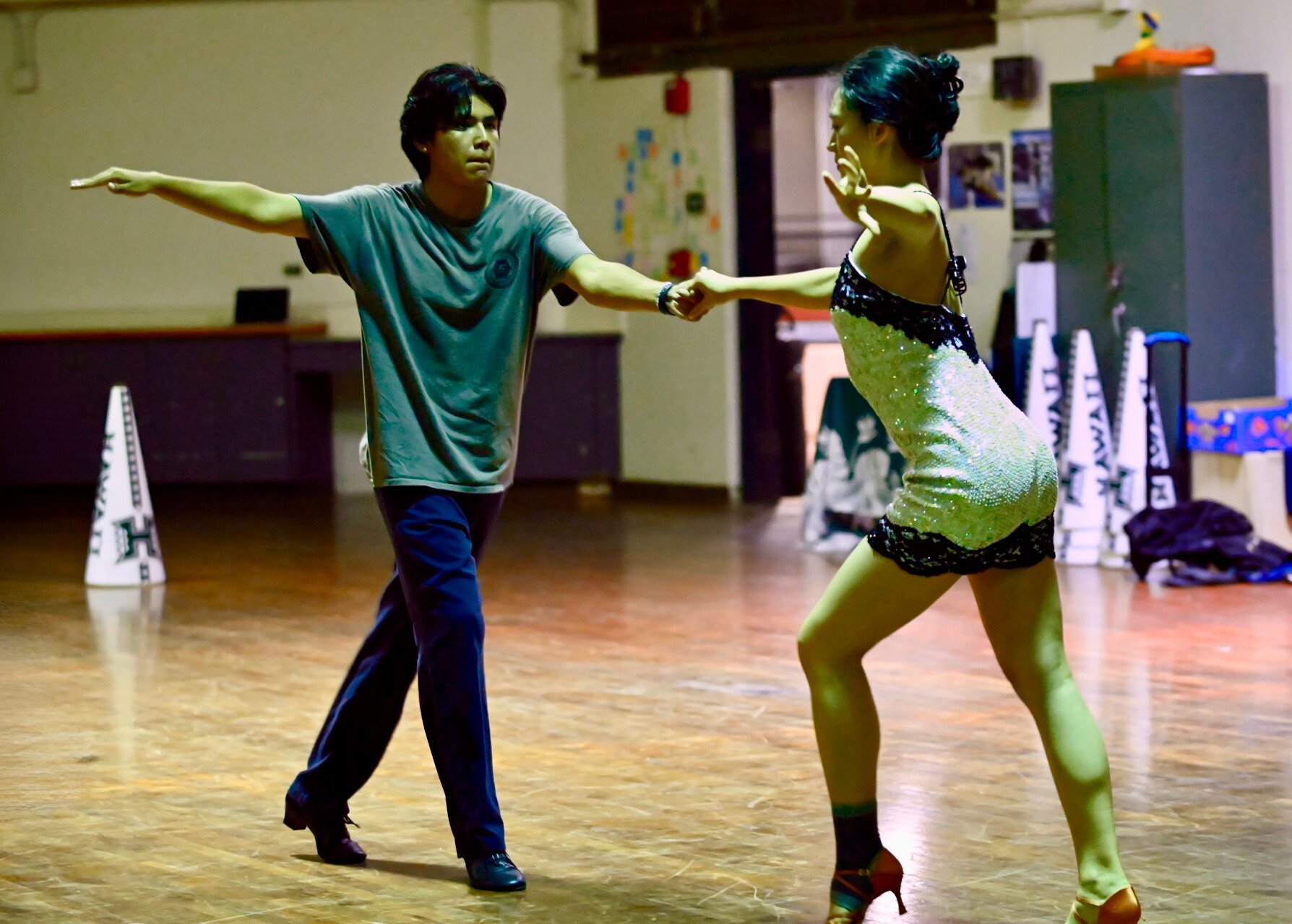No dance in our recent centuries, not the Charleston, the Lindy, Jitterbugging to Rock and Roll music, the Lambada, or even Twerking, has aroused the passionate moral disapproval generated by the Waltz. In its first introduction in England in the early years of the 19th century, the Waltz was considered so vulgar and indelicate, that even the mad, bad Lord Byron — a notorious English Romantic poet known for his outrageous private life — disapproved.
Mme Celnart, author of The Gentleman and Lady’s Book of Politeness, 1833, put it succinctly: “The waltz is a dance of quite too loose a character, and unmarried ladies should refrain from it altogether. Both in public and in private. Young married ladies, however, may be allowed to waltz if it is very seldom and with persons of their acquaintance.”
The Waltz’s effects were seen to be most deleterious to young women, who were at the greatest physical risk from the whirling excitement of the dance.
“There is something in the close approximation of persons, in the attitudes, and in the motion that ill agrees with the delicacy of women,” noted a lady of distinction in The Mirror of the Graces, 1813.
Donald Walker, in Exercises for Ladies, added in 1836 that vertigo (the sensation that you, or the environment around you, is moving or spinning) is one of the great inconveniences of the Waltz and the character of this dance, its rapid turning, the clasping of the dancers, their exciting contact, and the too quick and too long successions of agreeable emotions, produce sometimes in women of irritable constitution, “syncopes, or fainting spells, spasms, and other accidents which should induce them to renounce it.”
The first English language dance manual to teach the Waltz was Thomas Wilson’s A description of the correct method of WALTZING the truly fashionable species of DANCING, that from the graceful pleasing Beauty of Movements has obtained an ascendency over every other department of that polite branch of Education, 1816. Wilson, at that time, was the dancing master of the King Theater Opera House in London, England.
This manual used the form of almost all the dance manuals I have looked at from the 19th century. Half the book is an etiquette book setting out rules for acceptance into a polite society. The other half provides dance instruction. Mastering the rules for polite behavior and the ability to dance in the battlefield of a ball or assembly were a necessity for upward mobility during those years.
In Pride and Prejudice, when novelist Jane Austin’s Mr. Darcy meets Miss Elizabeth Bennet at a dance in England, they existed in a class system based on hereditary aristocracy. In America, it was the absence of such a system that gave rise to an intense appetite for books to teach the rules for proper behavior in every sphere of life from kitchen to ballroom.
In England and Europe, this format of dance/etiquette manuals supplemented face-to-face personal instruction for centuries. However, in 19th-century America there were very few and, outside the biggest cities, almost no dancing masters to impart this vital knowledge.
As Elizabeth Aldrich, author of From Ballroom to Hell: grace and folly in nineteenth century dance, writes: “The 19thcentury ballroom was the perfect setting in which ladies and gentlemen, attired in the latest fashions, could exercise their considerable dancing abilities and more importantly demonstrate mastery of polite behavior, which was required for acceptance into genteel society.”
How did Americans learn to dance and behave in the ballroom and assemblies where social interaction was on display? Dance Manuals. There were hundreds of dance/etiquette manuals published in the United States during the 19th century.
If you would like to read them, you need look no further than An American Ballroom Companion, an online collection at the Library of Congress, which makes available more than 400 years of dance manuals.
Florida was on the forefront of ballroom dance in the United States. According to Florida State University’s Dr. Wiley Housewright, in his highly respected book, History of Music and Dance in Florida 1565-1865, “The waltz, not then accepted in northern states became the favorite dance in both Pensacola and Tallahassee in the second and third decade of the nineteenth century.”
The Waltz probably came to Florida in the very early 1820s. By the 1840s and 1850s, the Waltz with its face-to-face formerly scandalous dance position was accepted and loved all over the United States. By the late 1840s, Americans began sharing Waltz variations back and forth with Europe.
By the end of the 19th century Americans continued to invent new Waltz variations with American names — the Military, the Harvard dip, the Newport. Meanwhile, Europeans were simplifying and purifying the dance.
Having waltzed in Vienna, Austria, I observed that only one form, the Viennese Waltz, was danced by all at that ball. However, here in the United States, be it out social dancing or at a Vintage dance ball, I find that Americans are endlessly inventive in how we Waltz.
To close, I want to say that I love to Waltz, and am happy to dance it, any form, with or without variations, and dressed for any century. I feel that if the Waltz didn’t exist, someone would just have to invent it.
As German Composer Richard Wagner put it, “Waltz is more intoxicating than alcohol.”
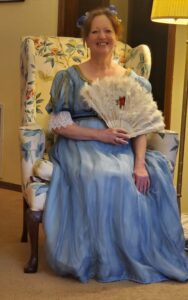

Idy Codington, a former professional dancer with Ohio Ballet, holds a Master of Art degree in American Dance Studies from Florida State University. Idy has performed 19th century dance with the Commonwealth Vintage Dancers, 20th century dance as part of the Kamikaze Jitterbugs, and reconstructed dance across five centuries and three cultures for Tallahassee-based Theater with a Mission. Idy has been social dancing for most of her adult life and been a member of Tallahassee’s USA Dance Chapter #6010 dance community for four years. She is engaged to her true love and dance partner, Carl Smith.


